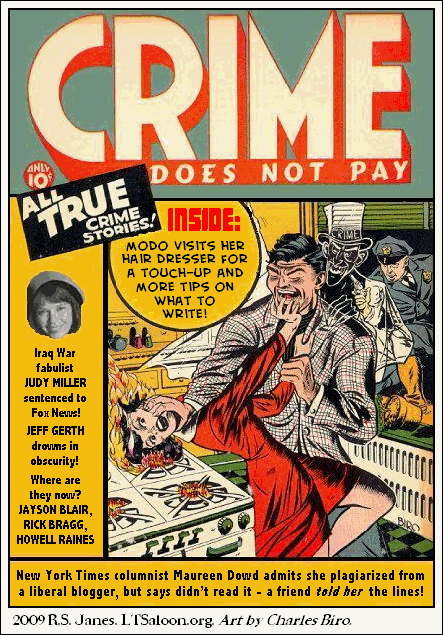
 On Monday, the New York Times published a story detailing a multi-million dollar ad campaign launched by Starbucks in which the company put up advertising posters in six major cities and attempted to "harness the power of online social networking sites by challenging people to hunt for the posters on Tuesday and be the first to post a photo of one using Twitter." Those who posted the pictures to the microblogging site were to use predetermined hashtags that were listed in the contest rules.
On Monday, the New York Times published a story detailing a multi-million dollar ad campaign launched by Starbucks in which the company put up advertising posters in six major cities and attempted to "harness the power of online social networking sites by challenging people to hunt for the posters on Tuesday and be the first to post a photo of one using Twitter." Those who posted the pictures to the microblogging site were to use predetermined hashtags that were listed in the contest rules.
Unfortunately for Starbucks, liberal activist and filmmaker Robert Greenwald, founder of Brave New Films, came across that Times article early Tuesday morning. Greenwald, who has directed films for major studios and launched Brave New Films a few years ago, had been working for months on shooting an anti-Starbucks video that debuted on YouTube that very day. The mini-documentary features interviews with several former and current Starbucks employees and makes the argument that the company — despite popular perception that it treats its employees well — has unfair labor practices and has aggressively fought off union organizing.
"Tuesday morning was when we launched the video," Greenwald told me in a phone interview. "I'm a very early riser, I get up at 6 o'clock here, and I look at the New York Times and there's a story about this contest that Starbucks is having on Twitter. And I was like, 'ah, what timing!' So I sent an email around to several of my colleagues and we immediately jumped on it … When we saw that they had a contest, we immediately decided that we should enter the contest, which we did in very short order. And I don't know if it's connected or not, but a few hours later after we sent in pictures of people with suggestions for [Starbucks CEO] Howard Schultz to be more fair to his workers, I think the rules were changed and at least that phase of the contest was ended."
 On a blog post published at the anti-Starbucks website Brave New Films created, people were encouraged to take pictures of themselves in front of Starbucks stores holding signs targeted at the company's "anti-labor practices." These users are then told to upload these photos onto Twitpic and tweet them out to their followers using the hashtags #top3percent and #starbucks. According to the post, these are the official hashtags that were designated by Starbucks itself for those who wanted to enter its contest. Within hours, several people had followed these guidelines and there were dozens of Twitpics in front of stores across the country.
On a blog post published at the anti-Starbucks website Brave New Films created, people were encouraged to take pictures of themselves in front of Starbucks stores holding signs targeted at the company's "anti-labor practices." These users are then told to upload these photos onto Twitpic and tweet them out to their followers using the hashtags #top3percent and #starbucks. According to the post, these are the official hashtags that were designated by Starbucks itself for those who wanted to enter its contest. Within hours, several people had followed these guidelines and there were dozens of Twitpics in front of stores across the country.














 Much has been written about the Insight, Honda's new low-priced hybrid. We've been told how much carbon dioxide it produces, how its dashboard encourages frugal driving by glowing green when you're easy on the throttle and how it is the dawn of all things. The beginning of days.
Much has been written about the Insight, Honda's new low-priced hybrid. We've been told how much carbon dioxide it produces, how its dashboard encourages frugal driving by glowing green when you're easy on the throttle and how it is the dawn of all things. The beginning of days.  It doesn't work. Put your foot down in a normal car and the revs climb in tandem with the speed. In a CVT car, the revs spool up quickly and then the speed rises to match them. It feels like the clutch is slipping. It feels horrid.
It doesn't work. Put your foot down in a normal car and the revs climb in tandem with the speed. In a CVT car, the revs spool up quickly and then the speed rises to match them. It feels like the clutch is slipping. It feels horrid. 













